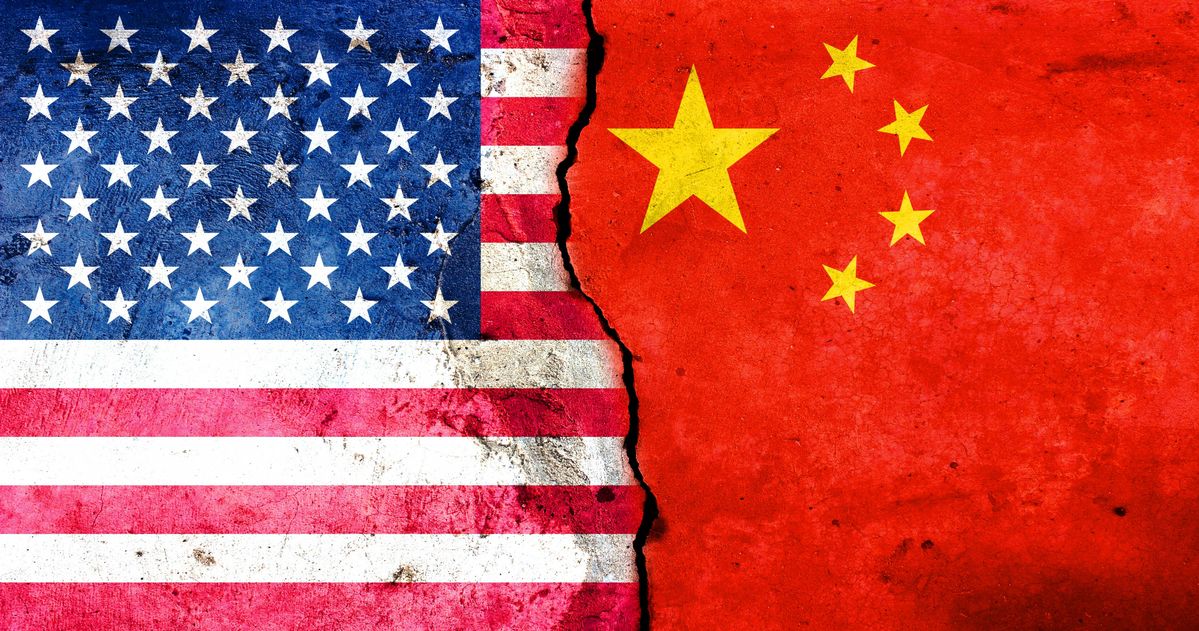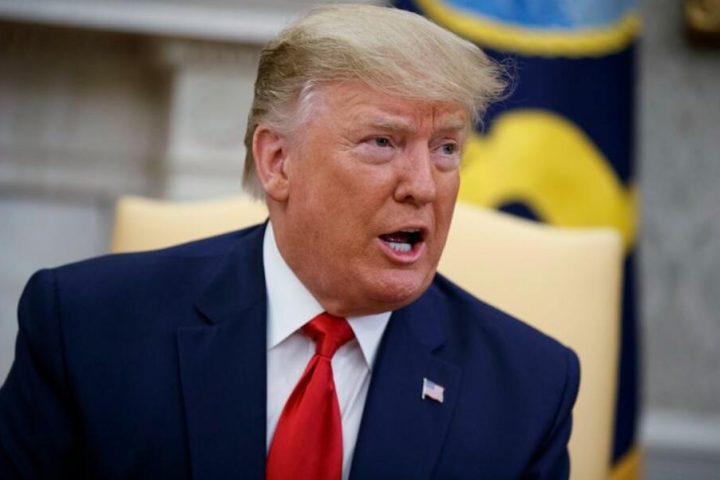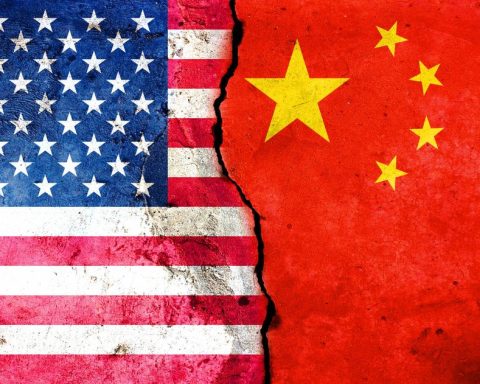Global markets experienced a strong rally this week as oil prices surged following renewed progress in trade talks between the United States and China. The positive developments in discussions between the world’s two largest economies have reignited investor confidence, easing concerns about slowing growth and supply chain disruptions. Brent crude, the international oil benchmark, rose above $90 per barrel — its highest level in months — signaling renewed optimism in global demand and trade recovery.
The U.S.–China trade relationship has long been a defining factor in global economic stability. Over the past few years, escalating tariffs and supply restrictions have caused uncertainty across industries from manufacturing to energy. However, recent diplomatic engagement between Washington and Beijing has produced a cautious but clear path toward greater cooperation. Analysts say the progress includes discussions on tariffs, rare-earth materials, and energy exports — key areas that directly influence global market performance.
Oil prices reacted sharply to the news, reflecting expectations of increased trade activity and industrial output. A potential easing of restrictions could boost shipping, manufacturing, and logistics, all of which depend heavily on energy consumption. Market observers noted that the surge in oil prices is not just a speculative reaction but a sign of confidence in stronger global demand. The recovery in oil futures also lifted major energy stocks, benefiting oil giants such as ExxonMobil, Chevron, and Sinopec.
Financial markets across Asia, Europe, and North America mirrored this momentum. The S&P 500 and Dow Jones Industrial Average both recorded significant gains, while the Nikkei 225 and Shanghai Composite Index followed suit. European markets, particularly those tied to energy and exports, also rose amid expectations of smoother trade flows. Investors flocked to commodities and equities while pulling back from safe-haven assets such as gold and government bonds, underscoring a renewed risk-on sentiment.
Economists believe the rally reflects growing optimism that the global economy could be entering a phase of moderate recovery after months of inflationary pressure and geopolitical strain. Improved trade relations could help ease supply bottlenecks and stabilize prices across multiple sectors. This, in turn, may relieve central banks from maintaining aggressive interest rate policies, providing much-needed breathing room for both businesses and consumers.
Energy analysts, however, caution that the oil rally could reignite inflation if sustained for too long. Rising fuel costs often ripple through transport and production expenses, potentially pushing up consumer prices once again. Still, the overall consensus remains positive, with traders viewing the oil rebound as a natural correction after months of suppressed demand. The Organization of the Petroleum Exporting Countries (OPEC) also expressed optimism, suggesting that stable demand and improved trade conditions would help balance the market through the final quarter of 2025.
For the energy industry, the renewed cooperation between the U.S. and China could bring significant long-term benefits. China remains one of the world’s largest importers of oil, and any reduction in trade friction with the U.S. could enhance the stability of global energy flows. American producers, in particular, stand to gain from expanded exports of liquefied natural gas (LNG) and crude oil, boosting both economic growth and employment in the sector.
The latest surge in oil prices and market confidence reflects the interconnected nature of modern global trade. Even modest diplomatic progress between major economies can have ripple effects across commodities, currencies, and investment flows. As negotiations continue, the world watches closely — hopeful that cooperation, not confrontation, will define the next chapter of global economic growth.














